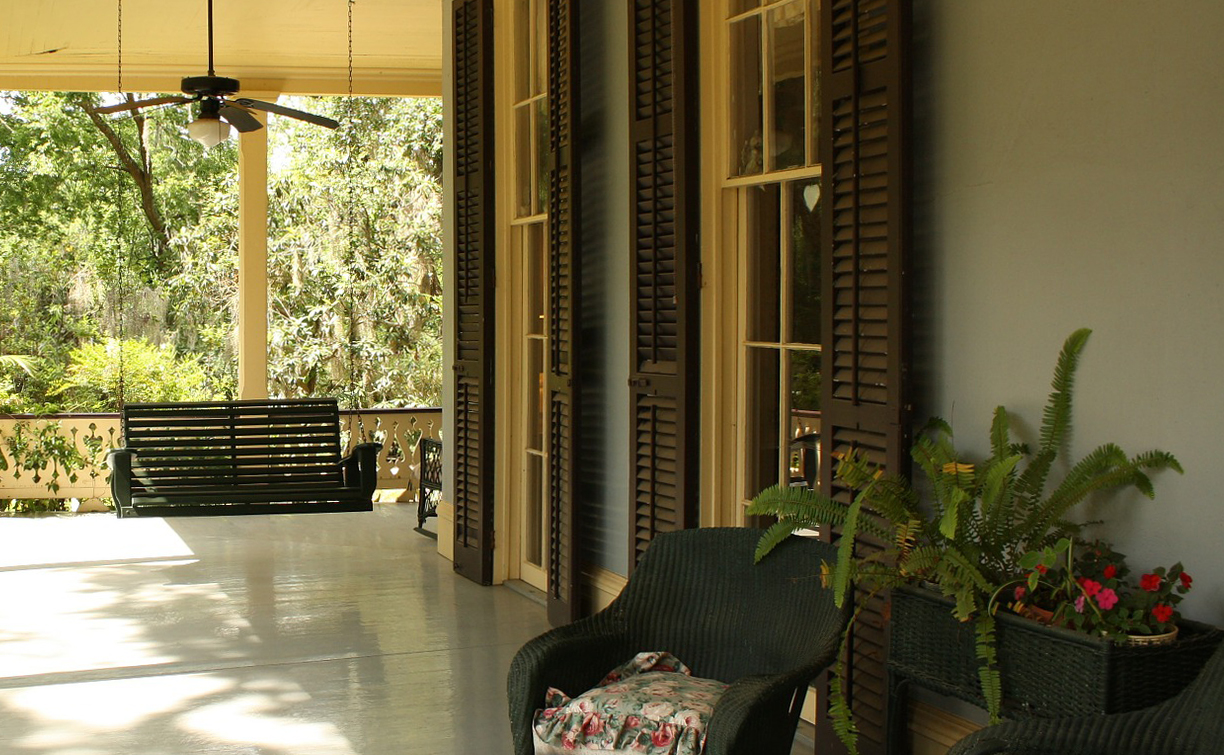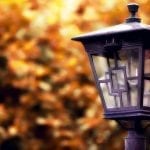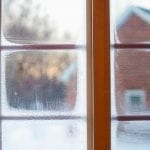
Ceiling Fan Tips & Tricks to Save Energy
Everyone knows ceiling fans help keep you cool in the summer, but it’s less known that ceiling fans can help you stay warm when winter winds blow. Also, changing the rotation of your ceiling fan may enable you to adjust the thermostat, saving you money and giving you the best control over your energy bills. See below for the best info on changing the direction of the fans in your space:
Three Good Reasons to Use Your Ceiling Fan in the Summer
- Helps minimize the use of central or window A/C units. You’ll save up to 40% off the price of your electricity bill.
- The cooling breeze (downdraft) you’ll feel makes the room feel up to 8 degrees cooler.
- If you have a porch ceiling fan, you’ll enjoy more time in your outdoor rooms.
Three Good Reasons to Use Your Ceiling Fan in Winter
- Fans help minimize indoor heating bills, saving up to 15% on the price.
- The fans’ warm air movement (updraft) makes any room more comfortable.
- Reduces the use of potential electrical hazards in rooms such as space heaters or heated blankets.
In the summer, set your fan to rotate counterclockwise, pushing cool air downward, reducing the sensation of hot or cold spots in the room. Moving air against the skin creates the best cooling effect, making you feel cooler without adjusting the thermostat. You can set your thermostat a little higher and remain comfortable.
How to tell if your ceiling fan is set to summer mode:
Turn on the fan and stand directly under it. Look up and see which direction the fan blades are rotating. If the blades rotate clockwise, like the hands on a clock, change the fan’s setting to rotate counterclockwise. When you have the correct setting, you’ll feel the air movement; likewise, in setting the fan to winter mode, check to see if the ceiling fan blades are rotating counterclockwise. If so, change the fan’s setting to move the blades clockwise.
Its best to set your fan on low in winter to pull cool air up from the floor. The gentle updraft forces warm air, naturally rising to the ceiling, down along the walls, and over the floor. Then it is picked up by the fan again, which balances the room’s temperature. This makes the room feel warmer, allowing you to lower the thermostat, saving energy. Using your ceiling fan during colder months can save you as much as 15% on heating bills.
Note one exception to the above rules: if your ceiling fan is mounted to a high vaulted or cathedral ceiling, the fan is too far up to create a detectable wind chill. If so, it’s best to leave the fan set on counterclockwise rotation year-round in those rooms.
Adjusting ceiling fan direction/rotation-
If your ceiling fan is relatively new, then it may have a remote control or a wall control that allows you to adjust the rotation. This makes changing the blade direction as easy as pushing a button on any remote control.
Press the “forward” button on the remote control to set your fan to spin counterclockwise for summer. Press the “reverse” button on the remote control to spin the fan clockwise when it’s cold outside.
If your ceiling fan doesn’t include a remote control or wall setting, look for a horizontal (left-right) toggle switch or a vertical (up-down) switch on the side of the fan’s motor housing. The switch is usually below the blades. Flip this switch to change the fan blade’s rotation.
For vertical switches, flip the switch down for summer (downward airflow) and up for winter (upward airflow). For horizontal switches, flip the switch left for summer (downward airflow) and suitable for winter (upward airflow).
After you use the remote or flip the switch on the fans, adjust all the rooms thermostats. This will save you money on your cooling and heating bills.
Optimum Ceiling Fan Speed
Set the speed higher (faster) in summer and lower (slower) in winter. In the warmer months, you’ll want to feel the air moving, so a medium to high speed for fans is best. A breeze can feel uncomfortable in fall and winter, so set the speed to medium or low. The medium to the low setting will gently circulate the heated air about the room.
Enjoy the Outdoors With a Porch Ceiling Fan
Enjoy a nice summer breeze by installing an outdoor-rated ceiling fan. A fan installed on your covered outdoor porch, deck, or patio space will help keep you cool.
The constant airflow from fans makes it difficult for insects to hang around, rewarding you with the best comfortable, bug-free outdoor space.













